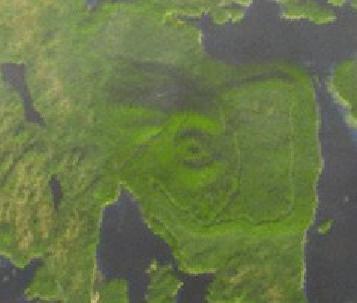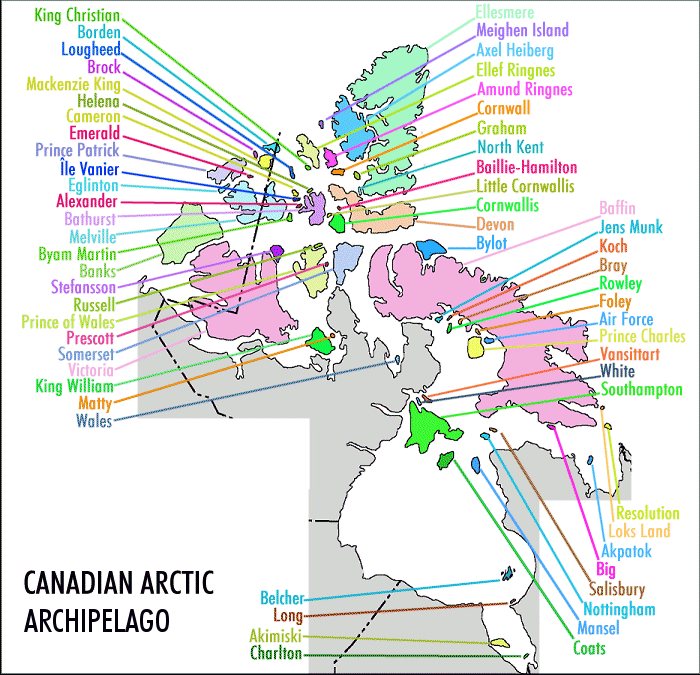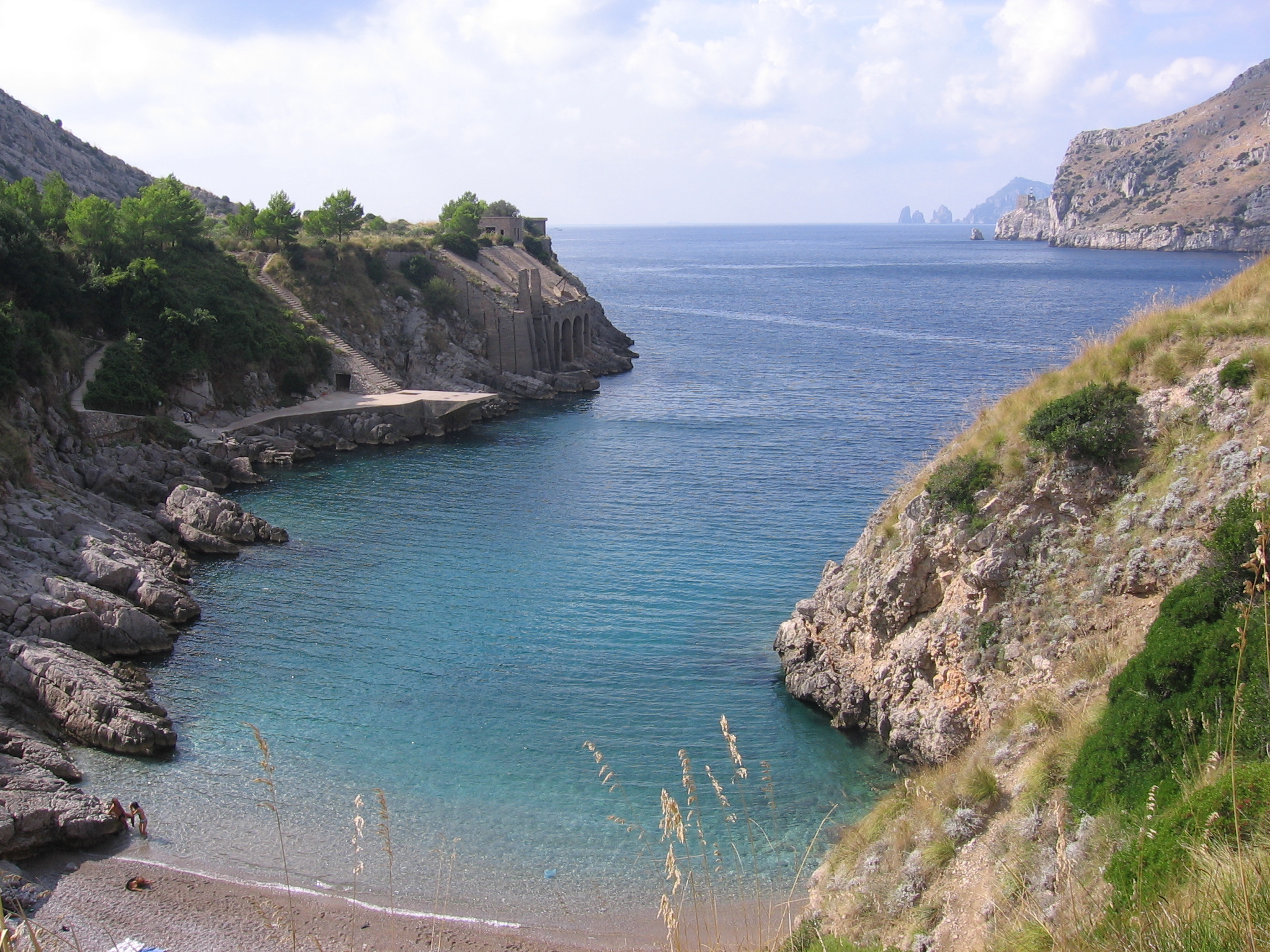|
Lake Island (British Columbia)
Lake Island is an island on the coast of the Canadian province of British Columbia. It is located between Mathieson Channel and Lady Trutch Passage, and is flanked by Dowager Island (to the northwest), Lady Douglas Island (to the west), and a long finger shaped peninsula of the Canadian mainland to the east. Lake Island is not a lake island, as it is in an inlet of the Pacific Ocean, and lies only some 6 kilometres from the open sea. Lake Island is part of a volcanic area called the Milbanke Sound Group and includes monogenetic cinder cones. Basaltic tuff breccia Breccia () is a rock composed of large angular broken fragments of minerals or rocks cemented together by a fine-grained matrix. The word has its origins in the Italian language, in which it means "rubble". A breccia may have a variety of di ...s on Lake Island originated from Helmet Peak. See also * List of islands of Canada References Central Coast of British Columbia Islands of British Columbia Rang ... [...More Info...] [...Related Items...] OR: [Wikipedia] [Google] [Baidu] |
British Columbia
British Columbia (commonly abbreviated as BC) is the westernmost province of Canada, situated between the Pacific Ocean and the Rocky Mountains. It has a diverse geography, with rugged landscapes that include rocky coastlines, sandy beaches, forests, lakes, mountains, inland deserts and grassy plains, and borders the province of Alberta to the east and the Yukon and Northwest Territories to the north. With an estimated population of 5.3million as of 2022, it is Canada's third-most populous province. The capital of British Columbia is Victoria and its largest city is Vancouver. Vancouver is the third-largest metropolitan area in Canada; the 2021 census recorded 2.6million people in Metro Vancouver. The first known human inhabitants of the area settled in British Columbia at least 10,000 years ago. Such groups include the Coast Salish, Tsilhqotʼin, and Haida peoples, among many others. One of the earliest British settlements in the area was Fort Victoria, established ... [...More Info...] [...Related Items...] OR: [Wikipedia] [Google] [Baidu] |
Milbanke Sound Group
The Milbanke Sound Group, also called the Milbanke Sound Cones, is an enigmatic group of five small basaltic volcanoes in the Kitimat Ranges of the Coast Mountains in British Columbia, Canada. Named for Milbanke Sound, this volcanic group straddles on at least four small islands (three of which are uninhabited), including Swindle, Price, Lady Douglas and Lake Island. Not much is known about this group of volcanoes and they remain undated. However, they all likely formed in the past 10,000 years after the last glacial period as evidenced by a small amount of erosion. The age of the most recent volcanic activity is also unknown. Most of the Milbanke Sound Cones are covered by mature forest. Kitasu Hill and Helmet Peak are the only two cones that are officially named. This group of volcanoes is unlike many other volcanic groups in Canada as it resides on islands instead of on the mainland. The volcanoes form a northwest-southeast trend along the British Columbia Coast. To the wes ... [...More Info...] [...Related Items...] OR: [Wikipedia] [Google] [Baidu] |
Central Coast Of British Columbia
, settlement_type = Region of British Columbia , image_skyline = , nickname = "The Coast" , subdivision_type = Country , subdivision_name = Canada , subdivision_type1 = Province , subdivision_name1 = British Columbia , parts_type = Principal cities , p1 = Vancouver , p2 = Surrey , p3 = Burnaby , p4 = Richmond , p5 = Abbotsford , p6 = Coquitlam , p7 = Delta , p8 = Nanaimo , p9 = Victoria , p10 = Chilliwack , p11 = Maple Ridge , p12 = New Westminster , p13 = Port Coquitlam , p14 = North Vancouver , area_blank1_title = 15 Districts , area_blank1_km2 = 244,778 , area_footnotes = , elevation_max_m = 4019 , elevation_min_m = 0 , elevation_max_footnotes = M ... [...More Info...] [...Related Items...] OR: [Wikipedia] [Google] [Baidu] |
List Of Islands Of Canada
This is an incomplete list of islands of Canada. Arctic islands Queen Elizabeth Islands * Adams Island *Alexander Island * Baillie-Hamilton Island * Bathurst Island *Borden Island *Brock Island *Buckingham Island *Byam Martin Island *Cameron Island * Coburg Island * Cornwall Island * Cornwallis Island *Devon Island *Eglinton Island *Ellesmere Island * Emerald Isle *Graham Island *Griffith Island (Nunavut) * Helena Island *Hoved Island *Île Vanier *King Christian Island *Little Cornwallis Island *Lougheed Island *Mackenzie King Island *Massey Island *Meighen Island * Melville Island * North Kent Island * Pioneer Island (Nunavut) *Prince Patrick Island * Stor Island *2092 other minor islands includingHans Island ( iu, Tartupaluk), a small uninhabited barren knoll off Ellesmere Island measuring 1.3 km² (shared with Denmark) Belcher Islands *Flaherty Island *Innetalling Island *Kugong Island *Mavor Island * Moore Island *Snape Island * Split Island *Tukarak Island *Wiegand ... [...More Info...] [...Related Items...] OR: [Wikipedia] [Google] [Baidu] |
Helmet Peak (British Columbia)
Helmet Peak is a monogenetic cinder cone of the Milbanke Sound Group in British Columbia, Canada. The basaltic tuff breccias on Lake Island and Lady Douglas Island originated from Helmet Peak on Lady Island. See also * Northern Cordilleran Volcanic Province * List of volcanoes in Canada * Volcanology of Canada * Volcanology of Western Canada Volcanism of Western Canada has produced lava flows, lava plateaus Lava is molten or partially molten rock (magma) that has been expelled from the interior of a terrestrial planet (such as Earth) or a moon onto its surface. Lava may be eru ... References * Cinder cones of British Columbia Holocene volcanoes Monogenetic volcanoes Range 3 Coast Land District {{BritishColumbia-geo-stub ... [...More Info...] [...Related Items...] OR: [Wikipedia] [Google] [Baidu] |
Breccia
Breccia () is a rock composed of large angular broken fragments of minerals or rocks cemented together by a fine-grained matrix. The word has its origins in the Italian language, in which it means "rubble". A breccia may have a variety of different origins, as indicated by the named types including sedimentary breccia, tectonic breccia, igneous breccia, impact breccia, and hydrothermal breccia. A megabreccia is a breccia composed of very large rock fragments, sometimes kilometers across, which can be formed by landslides, impact events, or caldera collapse. Types Breccia is composed of coarse rock fragments held together by cement or a fine-grained matrix. Like conglomerate, breccia contains at least 30 percent of gravel-sized particles (particles over 2mm in size), but it is distinguished from conglomerate because the rock fragments have sharp edges that have not been worn down. These indicate that the gravel was deposited very close to its source area, since otherwise th ... [...More Info...] [...Related Items...] OR: [Wikipedia] [Google] [Baidu] |
Tuff
Tuff is a type of rock made of volcanic ash ejected from a vent during a volcanic eruption. Following ejection and deposition, the ash is lithified into a solid rock. Rock that contains greater than 75% ash is considered tuff, while rock containing 25% to 75% ash is described as tuffaceous (for example, ''tuffaceous sandstone''). Tuff composed of sandy volcanic material can be referred to as volcanic sandstone. Tuff is a relatively soft rock, so it has been used for construction since ancient times. Because it is common in Italy, the Romans used it often for construction. The Rapa Nui people used it to make most of the ''moai'' statues on Easter Island. Tuff can be classified as either igneous or sedimentary rock. It is usually studied in the context of igneous petrology, although it is sometimes described using sedimentological terms. Tuff is often erroneously called tufa in guidebooks and in television programmes. Volcanic ash The material that is expelled in a volcanic ... [...More Info...] [...Related Items...] OR: [Wikipedia] [Google] [Baidu] |
Basalt
Basalt (; ) is an aphanite, aphanitic (fine-grained) extrusive igneous rock formed from the rapid cooling of low-viscosity lava rich in magnesium and iron (mafic lava) exposed at or very near the planetary surface, surface of a terrestrial planet, rocky planet or natural satellite, moon. More than 90% of all volcanic rock on Earth is basalt. Rapid-cooling, fine-grained basalt is chemically equivalent to slow-cooling, coarse-grained gabbro. The eruption of basalt lava is observed by geologists at about 20 volcanoes per year. Basalt is also an important rock type on other planetary bodies in the Solar System. For example, the bulk of the plains of volcanism on Venus, Venus, which cover ~80% of the surface, are basaltic; the lunar mare, lunar maria are plains of flood-basaltic lava flows; and basalt is a common rock on the surface of Mars. Molten basalt lava has a low viscosity due to its relatively low silica content (between 45% and 52%), resulting in rapidly moving lava flo ... [...More Info...] [...Related Items...] OR: [Wikipedia] [Google] [Baidu] |
Cinder Cone
A cinder cone (or scoria cone) is a steep conical hill of loose pyroclastic fragments, such as volcanic clinkers, volcanic ash, or scoria that has been built around a volcanic vent. The pyroclastic fragments are formed by explosive eruptions or lava fountains from a single, typically cylindrical, vent. As the gas-charged lava is blown violently into the air, it breaks into small fragments that solidify and fall as either cinders, clinkers, or scoria around the vent to form a cone that often is symmetrical; with slopes between 30 and 40°; and a nearly circular ground plan. Most cinder cones have a bowl-shaped crater at the summit. Mechanics of eruption Cinder cones range in size from tens to hundreds of meters tall and often have a bowl-shaped crater at the summit. They are composed of loose pyroclastic material (cinder or scoria), which distinguishes them from ''spatter cones'', which are composed of agglomerated volcanic bombs. The pyroclastic material making up a cinder ... [...More Info...] [...Related Items...] OR: [Wikipedia] [Google] [Baidu] |
Monogenetic Volcanic Field
A monogenetic volcanic field is a type of volcanic field consisting of a group of small monogenetic volcanoes, each of which erupts only once, as opposed to polygenetic volcanoes, which erupt repeatedly over a period of time. The small monogenetic volcanoes of these fields are the most common subaerial volcanic landform. Many monogenetic volcanoes are cinder cones, often with lava flows, such as Parícutin in the Michoacán-Guanajuato volcanic field, which erupted from 1943 to 1952. Some monogenetic volcanoes are small lava shields, such as Rangitoto Island in the Auckland volcanic field. Other monogenetic volcanoes are tuff rings or maars. A monogenetic field typically contains between ten and a hundred volcanoes. The Michoacán-Guanajuato field in Mexico contains more than a thousand volcanoes and is exceptionally large. Monogenetic fields occur only where the magma supply to the volcano is low or where vents are not close enough or large enough to develop plumbing systems f ... [...More Info...] [...Related Items...] OR: [Wikipedia] [Google] [Baidu] |
Inlet
An inlet is a (usually long and narrow) indentation of a shoreline, such as a small arm, bay, sound, fjord, lagoon or marsh, that leads to an enclosed larger body of water such as a lake, estuary, gulf or marginal sea. Overview In marine geography, the term "inlet" usually refers to either the actual channel between an enclosed bay and the open ocean and is often called an "entrance", or a significant recession in the shore of a sea, lake or large river. A certain kind of inlet created by past glaciation is a fjord, typically but not always in mountainous coastlines and also in montane lakes. Multi-arm complexes of large inlets or fjords may be called sounds, e.g., Puget Sound, Howe Sound, Karmsund (''sund'' is Scandinavian for "sound"). Some fjord-type inlets are called canals, e.g., Portland Canal, Lynn Canal, Hood Canal, and some are channels, e.g., Dean Channel and Douglas Channel. Tidal amplitude, wave intensity, and wave direction are all factors that in ... [...More Info...] [...Related Items...] OR: [Wikipedia] [Google] [Baidu] |
Canada
Canada is a country in North America. Its ten provinces and three territories extend from the Atlantic Ocean to the Pacific Ocean and northward into the Arctic Ocean, covering over , making it the world's second-largest country by total area. Its southern and western border with the United States, stretching , is the world's longest binational land border. Canada's capital is Ottawa, and its three largest metropolitan areas are Toronto, Montreal, and Vancouver. Indigenous peoples have continuously inhabited what is now Canada for thousands of years. Beginning in the 16th century, British and French expeditions explored and later settled along the Atlantic coast. As a consequence of various armed conflicts, France ceded nearly all of its colonies in North America in 1763. In 1867, with the union of three British North American colonies through Confederation, Canada was formed as a federal dominion of four provinces. This began an accretion of provinces an ... [...More Info...] [...Related Items...] OR: [Wikipedia] [Google] [Baidu] |








